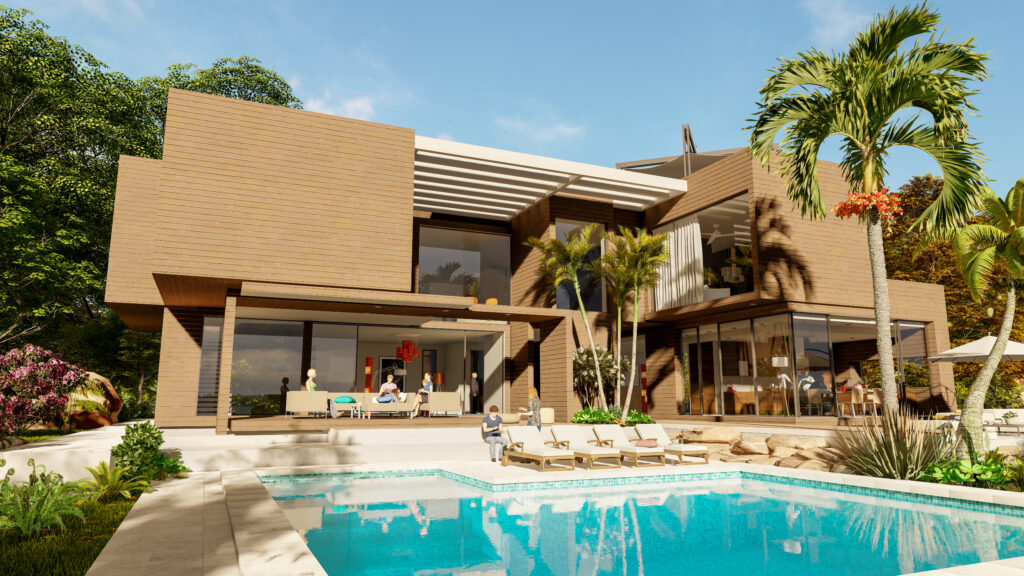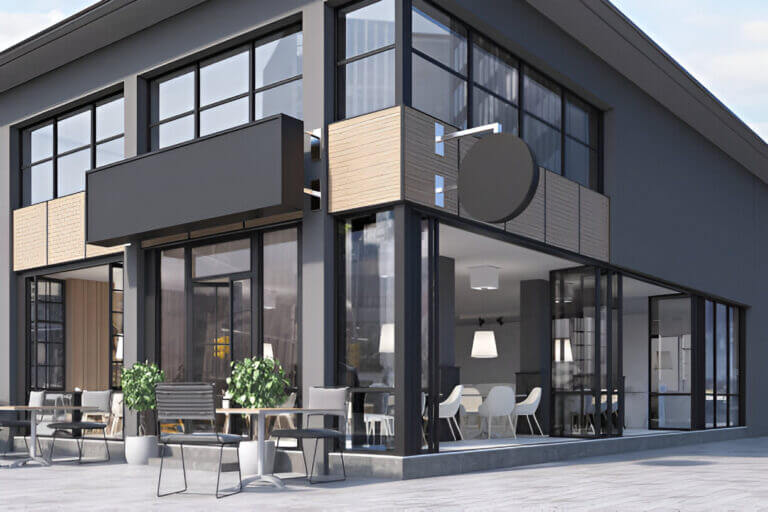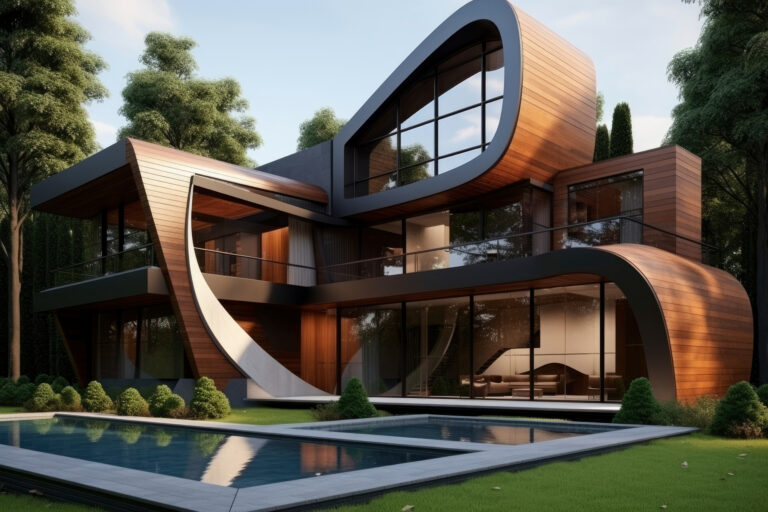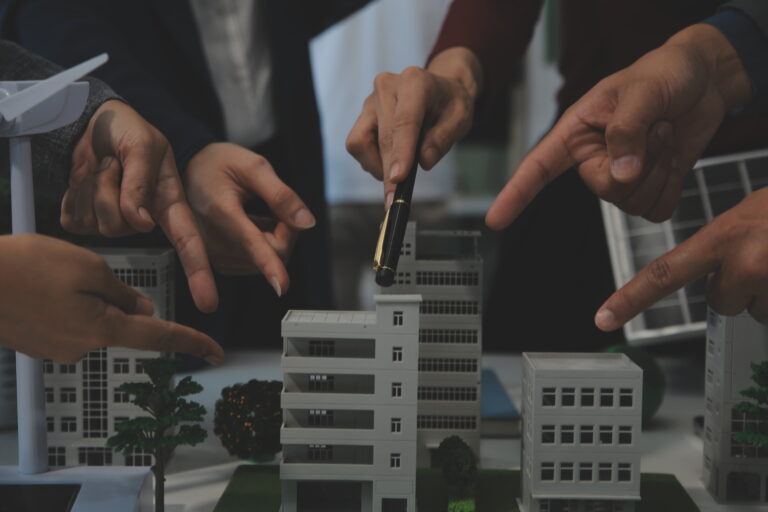Introduction
You may have wondered whether listing your property on yet another platform, or investing in 3D Rendering Services and 3D Architectural Rendering, will truly make a difference in your sales—especially when you’re juggling dozens of Online Real Estate Portals, each promising millions of eyeballs.
It’s easy to hesitate, questioning whether upload fees, premium placements, or endless profile optimizations are worth the effort.
You’re not alone if you’ve spent nights tweaking descriptions only to see lukewarm inquiry rates.
Yet in today’s fast-paced property market, neglecting Online Real Estate Portals can mean missing out on your most qualified buyers.
At RealRender3D, we’ve worked alongside developers and brokers who originally treated portals as an afterthought—until they discovered how strategic listing on the right sites, with the right visuals and keywords, accelerated sales cycles and maximized ROI.
In this guide, we’ll step through proven tactics, drawn from real campaigns, that help you navigate the crowded portal landscape, stand out amid competition, and ultimately, close deals faster.
Why Online Real Estate Portals Matter in 2025

You feel your network referrals are enough, or that your own website captures all the traffic you need. But consider this: over 90% of homebuyers start their search online, and portals account for a large share of those digital journeys.
Whether buyers use mobile apps or desktop searches, portals provide context-rich filters, neighborhood insights, and instant lead forms.
By pausing to invest time in listing optimization, you tap into a pipeline of active prospects who are specifically searching for properties like yours.
Portals also offer built-in analytics, letting you track impressions, click-throughs, and lead sources.
Those data points are gold when you need to refine your pricing, adjust your marketing spend, or decide whether to refresh your visuals.
At RealRender3D, we’ve seen developers shift their mindset from “upload and forget” to continuous portal management—and in doing so, cut their days-on-market by up to 35%.
When you treat each portal as its own marketing channel, complete with unique messaging and tailored visuals, you transform passive listings into lead-generating assets.
Choosing the Right Real Estate Portals
You might hesitate, overwhelmed by the sheer number of portals available—national giants, niche regional sites, rental platforms, and luxury-only marketplaces. Which ones deserve your budget and attention?
1. Market Share and Audience Fit
First, identify which portals dominate your target geography and segment. If you sell mid-range condos in urban centers, a mainstream portal with high traffic may outperform a boutique luxury site.
Conversely, if you’re marketing high-end villas, an exclusive luxury portal can position your listings before affluent buyers.
2. Listing Formats and Features
Some portals allow rich media embeds—video tours, 3D Interactive Walkthroughs, or even VR experiences—while others limit you to static photos and text. Choose portals that support the multimedia you invest in, like RealRender3D’s photorealistic imagery and 360° panoramas.
3. Cost Structure and ROI
Free portals can generate volume but may lack targeting tools. Premium portals offer featured placements, lead-gen ads, and retargeting options. Calculate your cost per lead versus conversion rate to decide if paid upgrades make sense.
4. Integration and Workflow
Ideally, your real estate CRM integrates seamlessly with your chosen portals. Look for platforms that sync contact forms, listing statuses, and lead data automatically to keep follow-up as frictionless as possible.
Setting Up Your Account
Once the appropriate portals are selected, setting up a detailed and professional seller profile is crucial. This profile should highlight expertise in real estate and include high-quality photographs of listed properties.
If available, integrating 3D interior rendering into the profile can further establish credibility and attract attention by demonstrating a commitment to presenting properties in their best light.
Crafting Effective Property Listings That Converts

Headlines and Descriptions
You’ve likely spent hours optimizing your title lines to include price, location, and keyword phrases—yet you still wonder why click-throughs remain low. The difference between browsing and clicking often lies in emotional resonance.
Replace generic titles like “3BR Condo for Sale” with “Bright 3BR Condo Overlooking Green Park” or “Renovated Loft Steps from the Marina.” Let buyers picture themselves waking to those views.
Descriptions should follow suit. Rather than listing bullet-point features, weave a narrative: “Sunlight streams through floor-to-ceiling windows, pooling on warm oak floors. Imagine weekend brunch on the balcony, framed by city skyline vistas.”
This approach shifts your tone from transactional to experiential—mirroring how buyers actually shop.
Photography, Renderings, and Virtual Tours
You may hesitate to commission RealRender3D’s photorealistic stills or 3D Architectural Rendering when you already have a few smartphone snaps.
But high-quality visuals instantly elevate your listing, commanding longer page dwell time and conveying professionalism. Buyers scroll right past listings that look amateurish.
• Start with 8–12 hero images covering exteriors, primary rooms, and key amenities.
• Incorporate at least one 360° panorama or Virtual Reality tour link. Studies show interactive tours can boost inquiries by 40%.
• Supplement with a short, 30–60 second animation or walkthrough video. Embed it directly in the portal if supported.
Enhancing Listings with 3D Rendering
Integrating 3D rendering into property listings can transform how a property is perceived online. These renderings allow potential buyers to visualise the property layout and design without needing to visit in person, which is particularly appealing to international or interstate buyers.
Services like 3D architectural visualisation not only enhance the aesthetic appeal of the listings but also give a more accurate representation of the property.
Leveraging SEO and Keywords Within Portals

It’s tempting to assume that SEO only matters for your website, not for portal listings. In reality, many portals surface listings based on internal search algorithms that mirror basic SEO principles: title relevance, keyword density, and listing completeness.
1. Research Portal-Specific Keywords
Use the portal’s search bar to see auto-complete suggestions for your location and property type. Those suggestions reveal the phrases buyers actually use, such as “family homes near Central Park” or “studio apartments under 50sqm.”
2. Sprinkle Keywords Naturally
Integrate primary and secondary keywords—like “Online Real Estate Portals,” “luxury condo for sale,” or “city view apartment”—throughout your title, subtitle, and first two description paragraphs. Avoid keyword stuffing by focusing on readability and flow.
3. Complete Every Field
Many portals give extra weight to fully completed profiles: property age, floor area, community details, public transport links, and nearby schools. Fill in as many fields as possible to boost your search ranking within the platform.
4. Tag and Categorize Correctly
If the portal lets you choose features or tags (e.g., “pet-friendly,” “swimming pool,” “gym access”), select all that apply. Buyers often filter by these tags, so missing one can exclude your listing from search results.
Managing Listings and Responding to Enquiries
Effective listing management involves regular updates and prompt responses to enquiries. This active engagement not only helps maintain the relevance of the listing but also builds rapport with potential buyers.
Every interaction offers an opportunity to provide additional information and guide prospects closer to a decision.
Handling Leads and Streamlining Communication
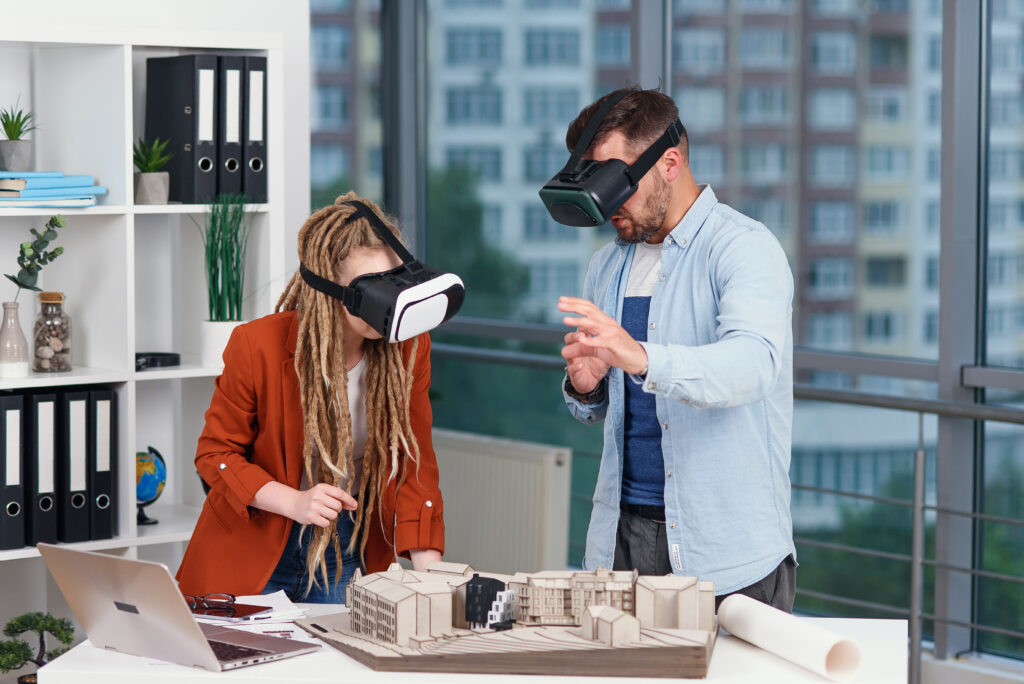
You might worry about getting dozens of low-quality leads that waste your time. A structured follow-up workflow is key.
1. Centralize Lead Capture
Ensure portal inquiries feed directly into your CRM (e.g., HubSpot, Salesforce, or a real estate-specific system). This prevents leads from slipping through inbox cracks.
2. Qualify Quickly
Automate an initial screening email or SMS with a brief pre-qualification questionnaire: desired move-in date, budget range, financing status. This step weeds out casual browsers from genuine buyers.
3. Schedule Virtual or In-Person Tours Efficiently
Offer calendar-booking links to let prospects choose a time without back-and-forth emails. Integrate video-call options when in-person visits aren’t feasible.
4. Nurture with Value-Add Content
Send follow-up messages with neighborhood guides, 3D neighborhood context renders from RealRender3D, and financing checklists. Buyers feel cared for when you anticipate their questions.
5. Track and Prioritize
Score leads based on engagement level—number of portal views, tour requests, email opens—and prioritize high-scoring leads for personal outreach.
Common Pitfalls and How to Avoid Them
Even seasoned professionals stumble. Here are the top mistakes we encounter:
• Incomplete Profiles: Missing fields or unverified contact details reduce trust and search ranking. Always double-check every input.
• Low-Quality Visuals: Blurry or poorly lit images cause prospects to scroll past. Invest in RealRender3D’s photoreal stills or hire a professional photographer.
• Generic Descriptions: Copy-pasting templates leads to bland listings. Personalize each description to highlight a property’s unique story.
• Ignoring Portal Updates: Portal algorithms and features evolve. Set aside time monthly to review new tools, featured ad options, and policy changes.
• Poor Lead Follow-Up: Letting inquiries languish for days kills interest. Aim to respond within one hour of a portal inquiry.
Conclusion
You may still wonder if mastering every nuance of Online Real Estate Portals is worth your time. The answer depends on your sales velocity goals, portfolio size, and marketing bandwidth.
What we know from real campaigns at RealRender3D is that a structured, iterative portal strategy—grounded in high-quality visuals, data-driven pricing, and streamlined lead workflows—consistently yields faster deals and higher per-unit returns.
Begin by selecting two priority portals, crafting a standout listing with immersive 3D renderings, and setting up analytics tracking. Refine weekly based on performance, and don’t hesitate to experiment with new features like AR previews or AI matchmaking.
Over time, you will transform portals from mere listing repositories into robust sales channels that amplify your reach and close deals with confidence.
If you’re ready to elevate your Online Real Estate Portals strategy with photoreal imagery and expert guidance, RealRender3D is here to help.
Let’s navigate the portal maze together and turn more views into contracts!
Frequently Asked Questions
1. What features should I look for when choosing an online real estate portal?
Look for portals that offer high-quality image uploads, detailed analytics, user-friendly interfaces, and strong search engine optimisation (SEO) capabilities to enhance visibility.
2. How can I make my property listing stand out on a real estate portal?
Utilise professional 3D interior rendering to showcase the property attractively, write clear and engaging descriptions, and ensure your listings are complete with all relevant details to catch the buyer’s interest.
3. Are virtual tours really effective in selling properties online?
Yes, virtual tours can significantly increase engagement by allowing potential buyers to experience the property remotely, providing them with a detailed and immersive view that static images cannot.
4. How often should I update my property listings on these portals?
Regular updates are crucial. Refresh your listings every few weeks to keep them relevant and engaging. Update photographs, descriptions, and 3D renders whenever there are significant changes or improvements to the property.
5. Can online real estate portals replace traditional selling methods?
While online portals are extremely effective and offer broad reach, they work best in conjunction with traditional methods like open houses and physical showings, particularly for local buyers.
6. What is the best way to respond to enquiries from online listings?
Respond promptly and provide detailed answers. Consider setting up automated responses for common queries and personal follow-ups for more specific questions to enhance potential buyers’ experience.
7. How can I measure the success of my online real estate listings?
Use the analytics tools provided by the portals to track views, enquiries, and engagement rates. Monitoring these metrics will help you understand what works, and what doesn’t, and how you can optimise your listings for better results.
Alex Smith is a content writer at RealRender3D, writing informative articles on 3D rendering, interior design, architecture, and related topics.
With over 15 years of experience at top UK architecture and interior design firms, Alex leverages his expertise to write engaging content educating readers on AEC industry trends and best practices.
Connect with Alex at alex@realrender3d.co.uk.
